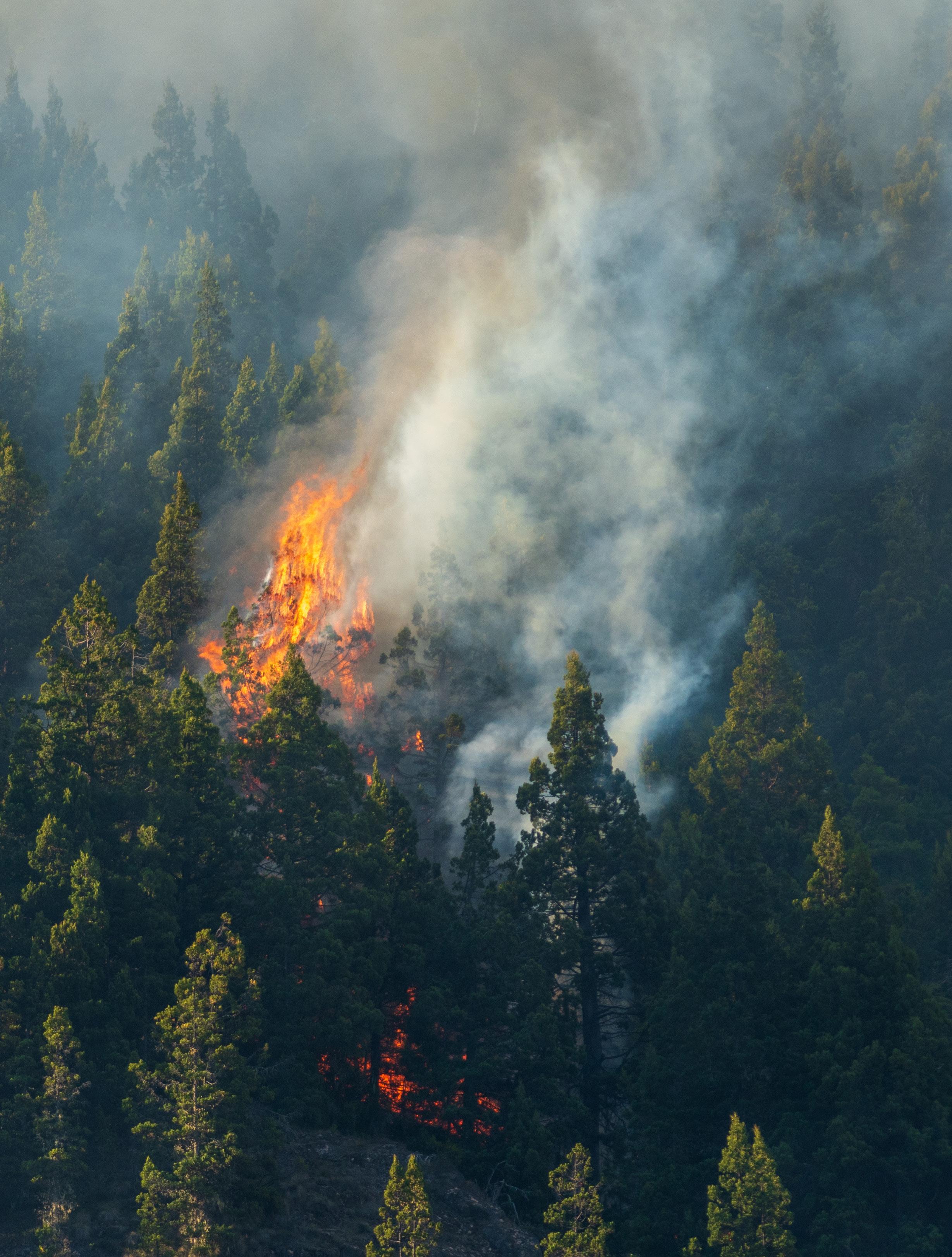
7 minute read
wildfires affecting property value
BY JIM VIDAMOUR, ALC, PRINCIPAL BROKER | FAY RANCHES
As I was writing this, the two largest wildfires in the history of New Mexico were burning. The Hermits Peak/Calf Canyon Fire, just northeast of Santa Fe, and the Black Fire in the Gila National Forest were burning at a historic pace. According to the National Wildfire Coordinating Group, the Calf Canyon Fire/Hermit’s Peak Fire consumed 342,000 acres. A pile burn holdover caused the Calf Canyon Fire from January that remained dormant under the surface through three winter snow events before reemerging in April. A holdover fire, also called a sleeper fire, is a fire that remains dormant for a considerable time. The Black Fire is now the second-largest fire in New Mexico history, with 325,000 acres burned.
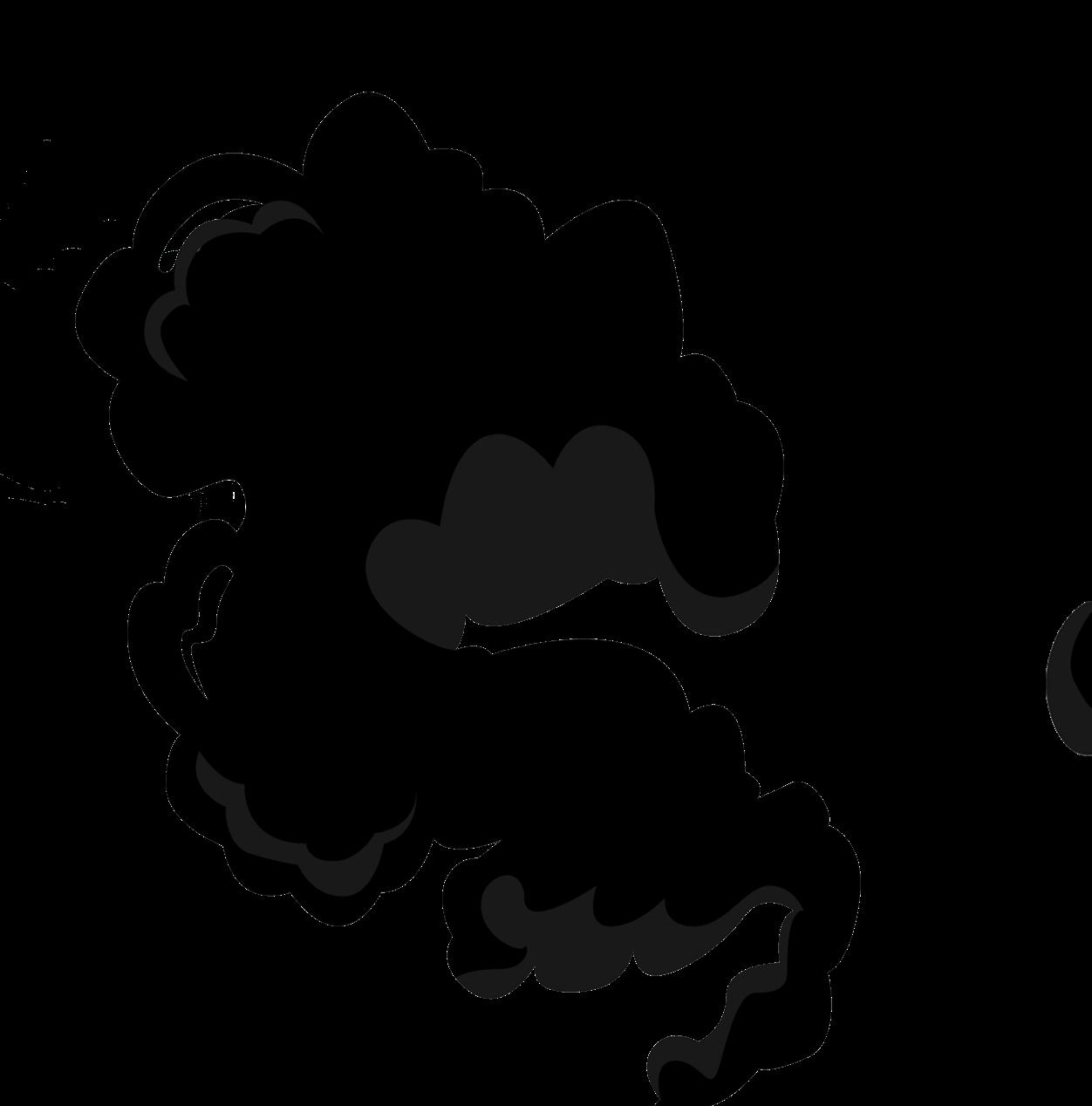
Roughly forty-five hundred of those charred acres belong to one of my clients, who was preparing to put his recreational ranch on the market for sixteen million dollars. The fire burned through his entire ranch within five hours, except for the property’s six thousand-square foot log home. The house and improvements represented approximately one-third of the ranch value. It is safe to say the land has lost much value.
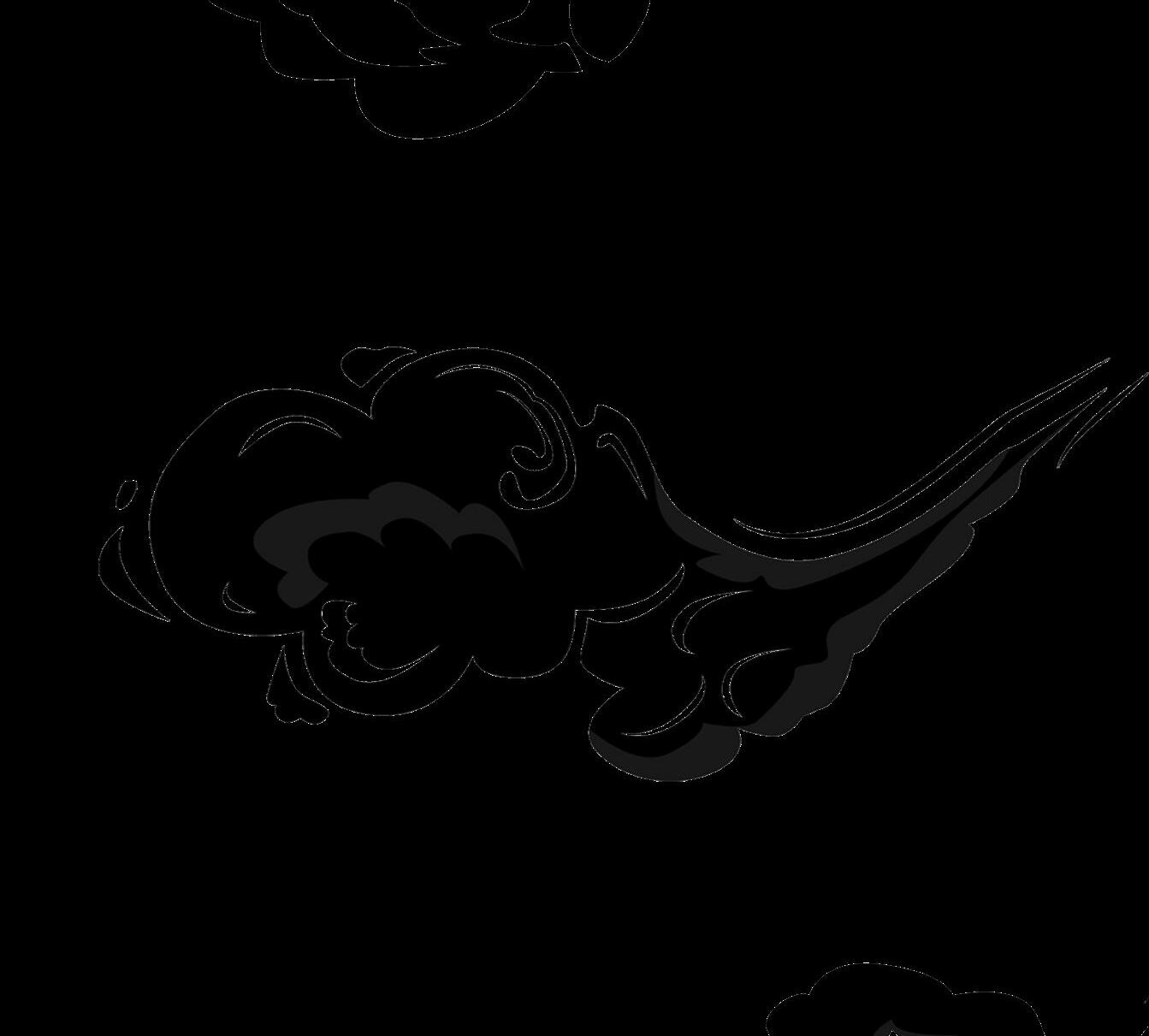
Even with his previous fire mitigation efforts, this property owner will suffer a significant loss. We’re waiting for the soil burn severity map, completed after every wildfire by Burned Area Emergency Response (BAER) teams, which will show how badly the fire burned the soil in various areas. Modern fires can be so hot that they will burn all organic matter in the soil; this means it takes a long time to recover and restore the organic matter in the soil. The map will help the owner determine what time frame to expect for future growth in specific areas of the ranch.
In previous times, forests maintained a healthy cycle when tempered land and forest management included low-intensity ground-level fires, timbering, and grazing. In recent years the philosophy has turned to a more hands-off management approach. That, coupled with a decades-long drought and insect infestations, means there is less moisture to mitigate the severity and size of wildfires. The Hermit’s Peak Calf Canyon Fire not only destroyed over three hundred thousand acres of land but also destroyed a local Hispanic culture. Properties home to families for generations were greatly affected, destroying the associated culture. It leads one to ask, why don’t we spend the billions of dollars used for fighting these fires before the fire to clean up our forests? There is big business in fighting fires; I believe there should be a big business in preventing fires through logging, grazing, and cleanup programs.
While an uncontrolled blaze can mean devastation to a landowner, it can also provide unexpected benefits and opportunities for those looking to buy property. What happens when dense forest on a property burns? For example, my client’s ranch had steep varied terrain. If you “ironed out” a three-dimensional topographical map to two dimensions, you would see three times the surface area. Large trees covering that area consume a lot of water, which could supplement springs and surface water. Anecdotally, it would seem to make sense that they aren’t drinking all that water if those trees are no longer there. Therefore, we will see more surface water on the property, the development of springs and creeks, and ponds filling up. There should be more visible and accessible water after a fire because less vegetation competes for the water.
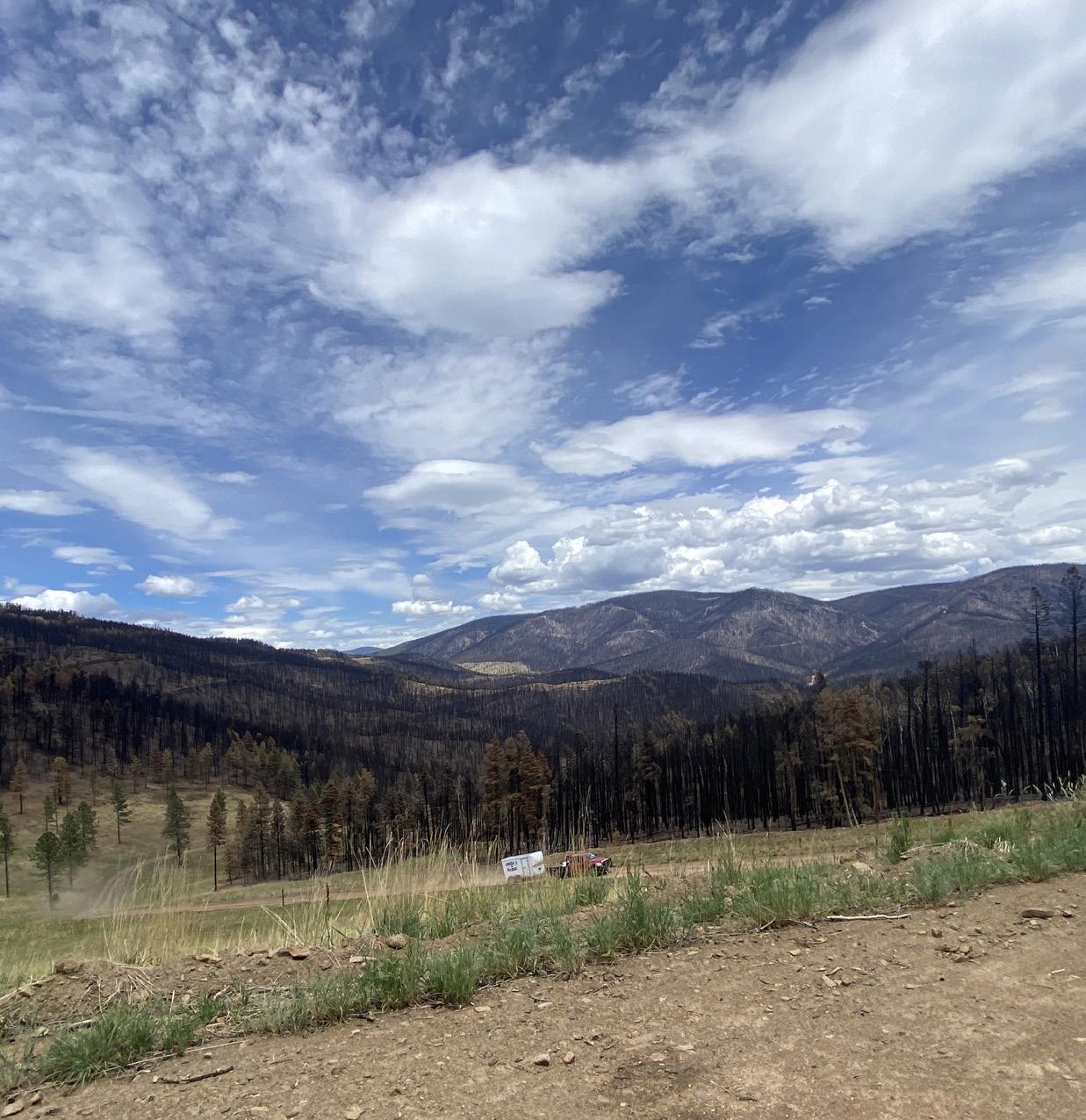
There is also the opportunity for new types of growth. Where spruce and pine burned on this client’s hunting ranch, aspens and oak brush will likely fill in first. He will be able to plant areas he couldn’t plant before with different varieties of vegetation. Wildlife needs three things, water, cover, and food. It can be argued that a ranch’s water and food may be dramatically improved after a fire. The challenge is to provide more cover, so the game stays on or near the ranch. Surprisingly, my client spotted 35 mule deer on his property the day after the fire went through the ranch.
Rehabilitation of the ranch depends on what the soil burn severity map reveals. There will be places where the fire burns so hot that the organic matter is completely gone. This loss can likely be mitigated by mulching burned trees onto the existing soil. Mulching can be expensive and labor-intensive, but it’s a suitable remediation method. A less expensive option to accelerate introducing organic material back into the soil is to drop as many burned trees as possible. This action will also help prevent erosion
by impeding water flow after significant rains. Some erroneously believe burned trees will blow over in big windstorms. The opposite is true because trees with no leaves or needles have less drag in a windstorm.
Cost-sharing and grants from various organizations may be available to offset these expenses. It is possible to take advantage of the expanded views—the ranch will look different, but the views will open up. The loss of beauty is one of the most important things to try to minimize. Living in a burned forest is not anyone’s idea of beauty. Another annoyance is dealing with ash for a year or two, which can be mitigated by mulching the burned trees, adding organic matter, and improving the land’s beauty. Regarding priorities, the best rehabilitation strategy is to start remediation near the house and the view lines, then work along ranch roads, where drivers will see the property.

In addition to unexpected benefits, a property owner might realize that wildfires create opportunities for prospective ranch buyers. While an affected property will never look the same in our lifetime. Someone with a longer time horizon, say, someone in their late thirties, could get a fairly steep discount and turn it into a legacy property for their family. In ten to twenty years, it will be a completely new ranch. How much of a discount? An unofficial poll among brokers appraised the decrease in value of a ranch, after a fire, at forty to fifty percent; prospective buyers can expect a discount somewhere in that range. Buyers with shorter time horizons probably won’t be shopping fire zones unless they can do a lot of work on the property in short order. Most affected properties are forested recreational or luxury ranches in the mountains, so if you are a bargain hunter, that is the type of ranch to look for.
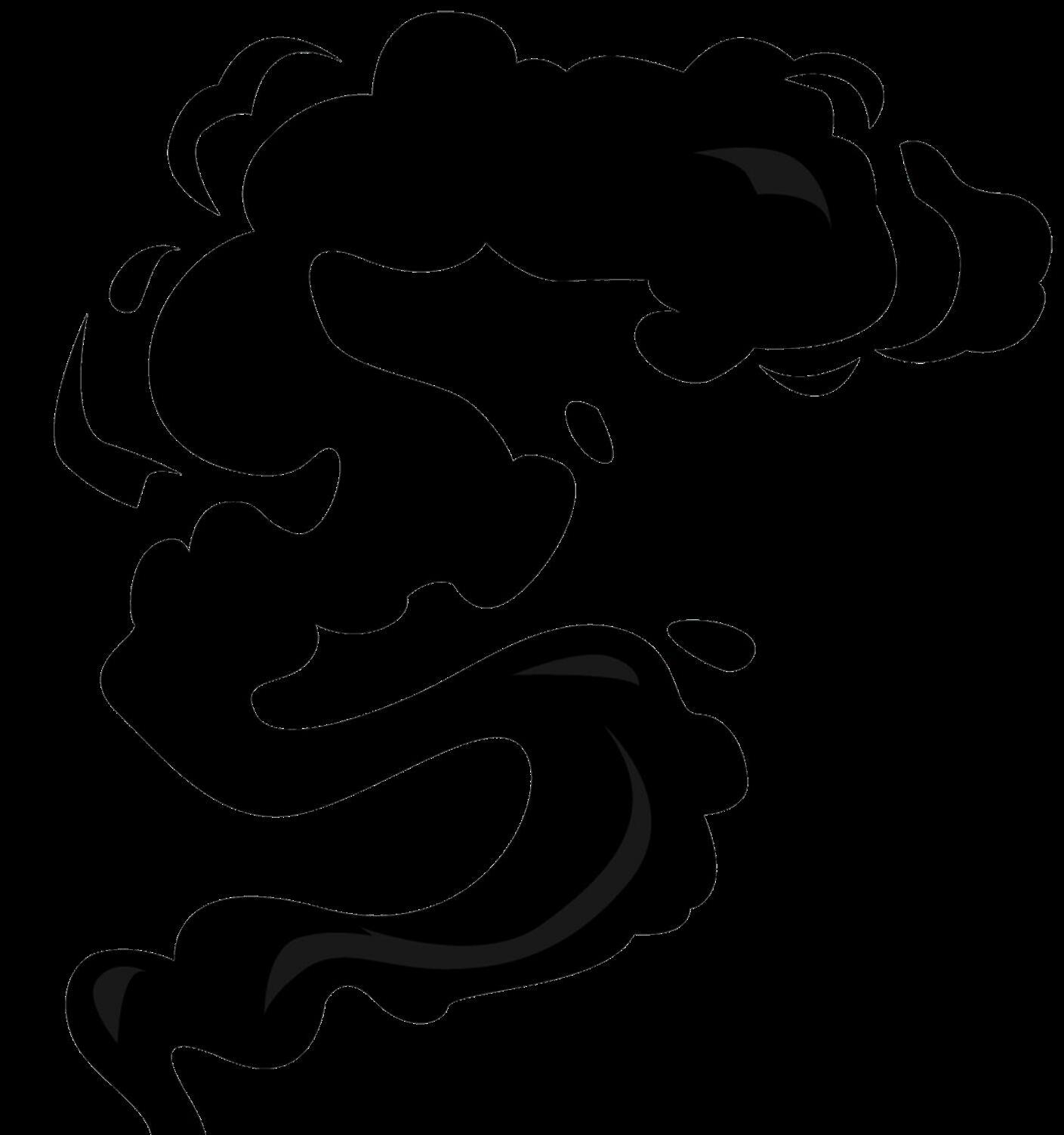
It’s important to remember that timberland insurance is costly. While buyers can expect a bargain, wildfires have made getting coverage for rural structures more challenging. Incorporating fire-retardant materials is helpful if you’re building a house; remodeling and retrofitting using approved materials is another option. In any case, consider mitigation measures for areas adjacent to the house. The log home that survived the fire on the aforementioned property had a metal roof. Choose the home’s location carefully and have a water supply system with storage that you could deploy to protect the house.
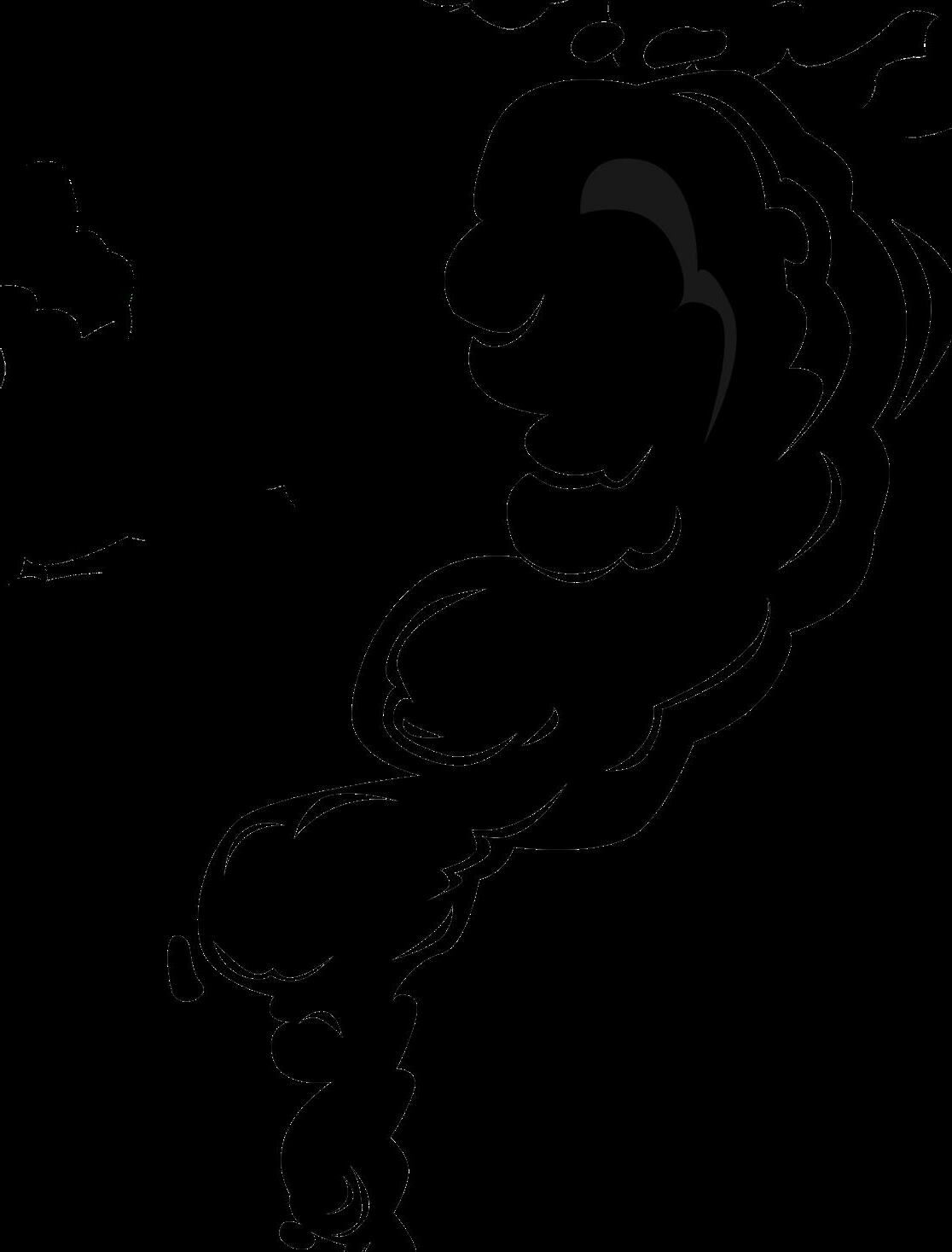
And remember, though it may seem Armageddon-like, it’s not an end-of-the-world scenario; it’s possible to avoid complete destruction, and, if you do have a wildfire go through your ranch or buy a ranch previously affected, it’s unlikely to burn there again (at least not for decades), so if you find a bargain, and have an extended time horizon, you won’t be looking to advertise a “fire sale” anytime in the near future. 42 | WWW.REPUBLICRANCHES.COM | 888-726-2481 Following wildfires in the United States, the U.S. Department of Agriculture and the U.S. Department of the Interior mobilize Burned Area Emergency Response (BAER) teams to assess immediate post-fire watershed conditions. BAER teams must determine threats from flooding, soil erosion, and instability. Developing a post-fire soil burn severity map is an essential first step in the rapid assessment process. It enables BAER teams to prioritize field reviews and locate burned areas that may pose a risk to critical values within or downstream of the burned area.
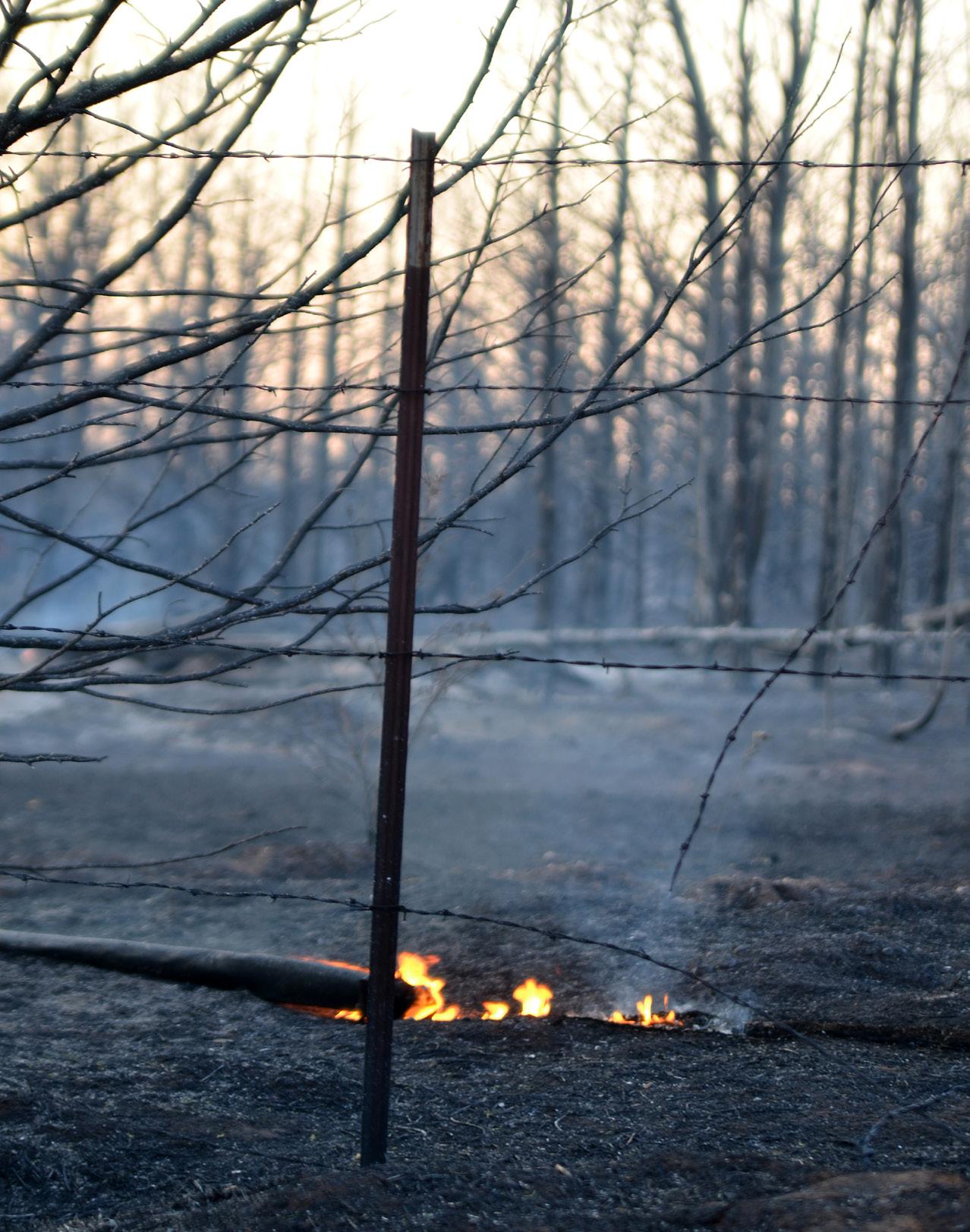
ABOUT THE AUTHOR: Jim Vidamour, ALC, is a Principal Broker licensed in the states of Colorado and New Mexico, and has had to evacuate his nineacre ranch twice. He specializes in recreational ranch and hunting properties, and would love to take you ranch shopping—it’s fun!










